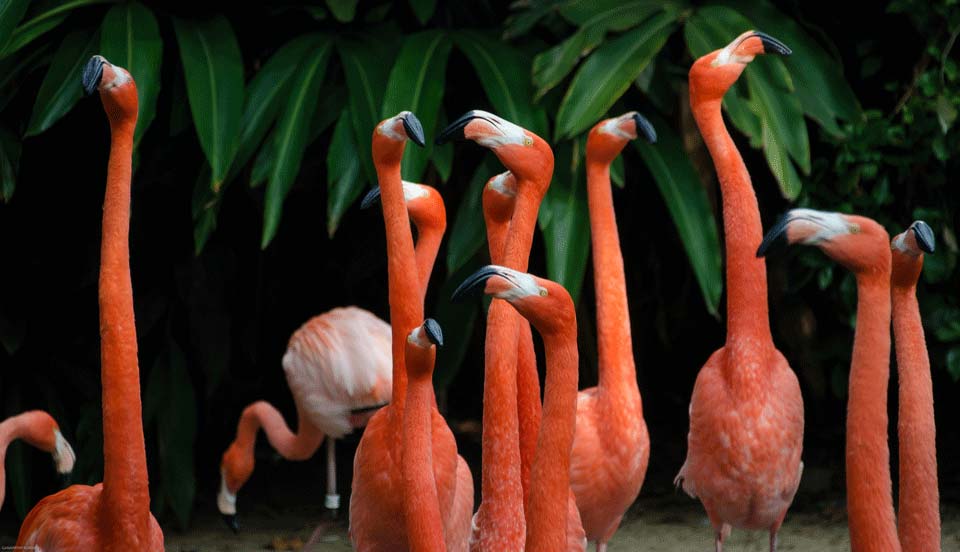Short-Term Travel Program
Along South America’s North Atlantic coast, Guyana and Suriname offer a rich tapestry of colonial history, indigenous heritage, and diverse cultures. From English and Dutch influences to the melodies of calypso and gamelan, these nations promise a unique blend of experiences amidst breathtaking natural settings.
Guyana and Suriname are considered carbon sinks. 85% of Guyana and 93% of Suriname are covered by forests. Their trees capture harmful carbon dioxide gas, removing it from the atmosphere. In fact, the countries have carbon negative economies meaning that any global warming gasses they do produce, are offset by their natural resources. They are now looking to market their carbon absorption capabilities through the sale of carbon credits. This makes the region a unique place to learn about rainforest conservation and sustainable development.
On South America’s North Atlantic coast are miles of dense, lush rainforest surrounding small cities with Dutch, French, and British colonial architecture. The indigenous peoples named the region guiana (the land of water), but today, its cultural roots also have ties to East Indian and West African plantation workers. Guyana is a place where you’ll speak English, hear creole, play cricket, see sloths, and dance to calypso beats. Suriname is a place where you’ll speak Dutch, hear Sranan Tongo, see flamingos, and sway to gamelan beats, traditional ensemble music of the Javanese, Sundanese, and Balinese peoples of Indonesia.
At Insight, our program itineraries are as unique as your students. All our program itineraries are customized with teacher chaperones to ensure that it meets the needs of your students.
With the support of a variety of local vendors and NGO’s, we promise that your students will get an authentic, local experience.
We make it simple. No hidden fees or itinerary exclusions.
All our trips include:
Engage with indigenous communities. Visit Santa Aratak Village to learn about the culture of the Arawak Tribe, known for their handicraft skills.
Hidden in the Amazon, a waterfall four times taller than Niagara Falls. Kaieteur Falls are especially remote, surrounded by the lush rainforest of Guyana. Take a chartered plane and follow a short trail to the top for a view of the world’s largest single drop waterfall at 741 feet.
See flamingos, monkeys, and sloths in the wild. Visit nature reserves to get to know the local wildlife.
Learn about the slave trade. Visit a former 18th century cocoa and coffee plantation since declared a World Heritage Site.
Visit the World Wildlife Fund Guianas. Learn about the Guiana Shield, one of the oldest geological formations on the Earth’s surface, and part of the largest remaining block of tropical forest in the world.





Want to take your students outside the classroom? Review our program locations and suggested themes.
Connect with one of our High School Educators who will help custom design your program.
With our assistance, submit required paperwork and details to your Administration and School Board.
Announce the trip to your students! (We’ll provide all the materials you need).
Invite us to your school to host a Student & Parent Info Night! We will be there to answer questions and support student sign-up!
Time to travel by road and then canoe to the villages of Danpaati. Skilled locals will navigate their way up the Upper Suriname River, famous for its breathtaking rapids, to the Danpaati River Lodge, a tranquil oasis in the heart of the rainforest. Take an exciting cruise on the river, looking for caimans lying on the river banks.
Cultural expressions such as Awasa (escape dance), Sonque (fish dance) and Soesa (victory dance) accompanied by drums such as the Agida and Apinti, are traditions that have been passed down through generations at Santrigon Village. Enjoy a tour of the village. Learn about medicinal plants, religion, and culture from locals. Then settle in for a dance and drumming workshop and performance. Learn about traditional dance wear and instrument building. Give dancing and drumming a try for yourself. At the end of the day, step into a korjaal (local dugout canoe) and paddle along the river in hopes of finding monkeys, sloths and parrots. Return to Paramaribo.
Begin your journey home.



